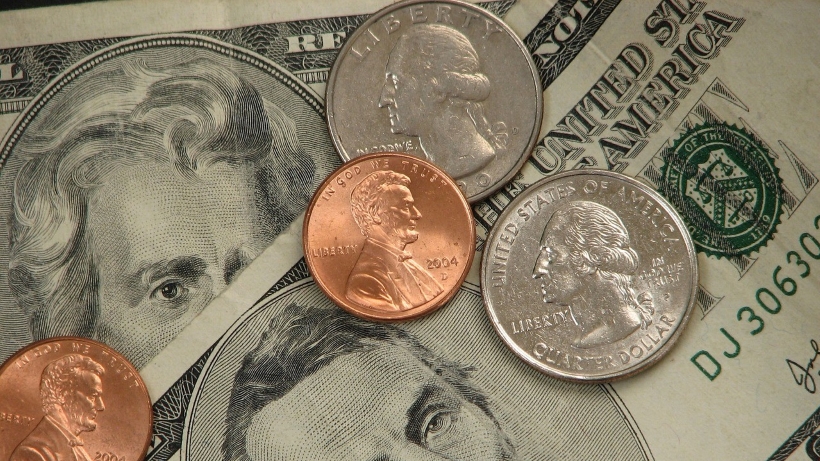I can’t remember the last time I had spare change, except for the coins in our tzedakah box. In our automated electronic age, it feels odd to even think about paying for something with actual cash. Aside from making sure that the tooth fairy always has $2 bills for the children, I rarely even go to the bank. As you can imagine, this causes a bit of confusion when parents and teachers try to explain currency to children.

The concepts of numbers and prices are simple enough to explain. But what do we do when it’s time to get out the quarters, nickels, dimes, and pennies and explain how you’d use them in a store? Then come the questions, like why is a nickel smaller but worth more than a dime? Why is some paper money worth more than other nearly identical pieces of paper just because of what’s printed on it? Alas, I’m not an economist, so my best answer involves a shrug of the shoulders with “I don’t know, it just is.”
Money of course means much more than coins and paper. The math is the easy part, even without a lot of change on hand to demonstrate. What is much more difficult to understand when it comes to money are the ways in which those nickels and dimes add up to salaries for work and the value of things. And this conversation is as old as the Torah.
Bechukotai is the final portion in the book of Leviticus. It acts as an epilogue to the holiness code and continues to guide us in what the pursuit of happiness could be. We see laid out for us the ultimate reward system for living a life of mitzvot. It’s a detail of the law of the land, including when it is appropriate to use the land and when it must rest, how we treat workers, prohibitions of idolatry, and the value of our words and promises to others.
Within this text, as in other parts of the Torah, is the notion that the way in which the sanctuary is funded is based not on a person’s “occupation” but instead on their gender and age. In our modern world, this feels out of place at best and offensive at worst. However, in a closer read of the text, it appears that these qualities are not meant to assign value to human beings; rather, it is shekel hakodesh, the sanctuary or sacred value. While this doesn’t erase the fact that the monetary amounts differ, what it does tell us is that there is a sacred value to each human in the eyes of God and that perhaps we should focus not on the monetary, but on the completed whole that is a sacred community.



